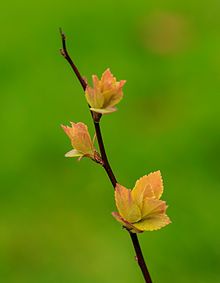Geranium ‘Rozanne’
“Geranium”
GERANIACEAE
Herbaceous Perennial
Zone: 5 – 8
Native habitat : Europe
Conditions
Soil: high-organic
Moisture: well-drained, medium moisture
Light: full sun to part shade
Exposure: general
Plant size (h x w): 1′ – 2.5′ x 1′ – 2.5′
Other:
 Aesthetic
Aesthetic
Shape/stem: clump forming, vigorous, spreading,
Leaf: neat, dense, lobed, slightly marbled, deep green
Flower: bowl-shaped, bright violet-blue, 5cm, white centre,
plenty  and long lasting Bloom: late spring to fall (first frost)
and long lasting Bloom: late spring to fall (first frost)
Treatment (how to…)
Plant: general; water while establishing, will spread rather quickly if given the space so keep this in mind
Maintain: no maintenance; cut down old growth when looks bad late fall
Propagate: basal cutting, division (spring), does not go to seed
Uses
Landscape: container, front bed, mixed boarder, down a driveway, ground-cover, underplanting, cottage, informal, townhouse, fall interest, wildflower, filler for holes in beds
Companion planting: nice with peonies, nice under roses or shrubs, nice interplanted with very early spring blooming perennials; colours of silver, white and pastel pink pair well
Medicinal: none known
Vulnerabilities
Pests and disease: none
Deer resistant: yes
Other animals: rabbit resistant
Interest
Local info,: not native
Pot size (to purchase):
Nature: plant of the centenary
Identification (key features): neat, dense, spreading mound with lobed,  slightly marbled, deep green foliage and bowl-shaped, bright violet-blue with white centre flowers that last from spring to frost
slightly marbled, deep green foliage and bowl-shaped, bright violet-blue with white centre flowers that last from spring to frost
Interesting facts: Named plant of the centenary by the RHS: Thousands of people voted for the Plant of the Centenary from a shortlist of 10 – one for each decade the RHS Chelsea Flower Show has been held
Cultivars/Species:
Comments:








 Use
Use










 Vulnerabilities
Vulnerabilities





















